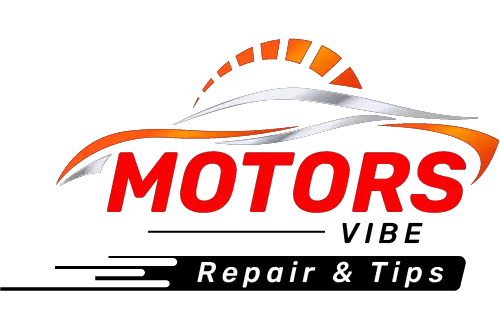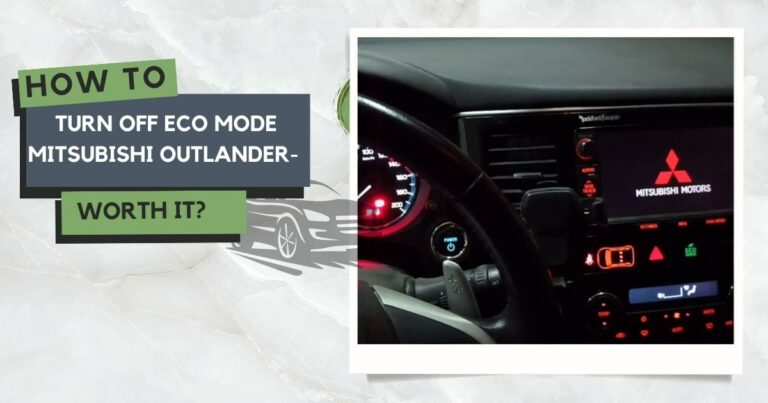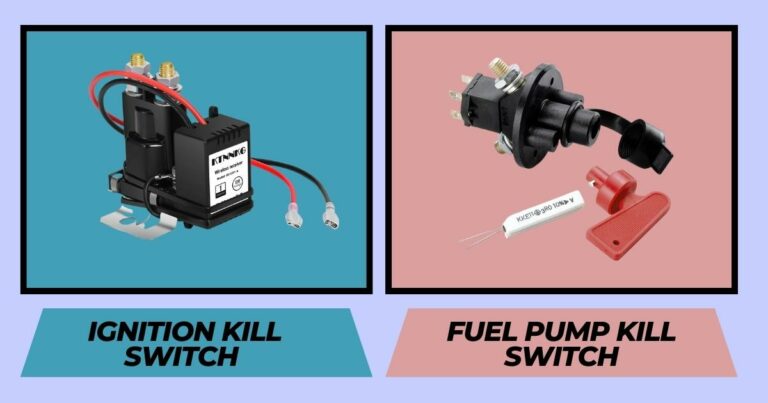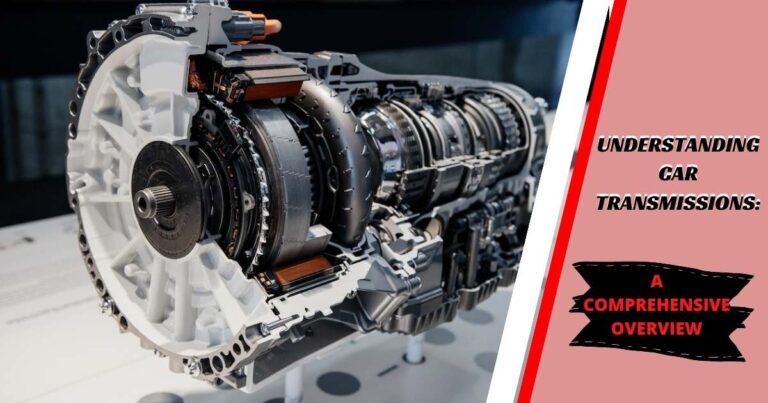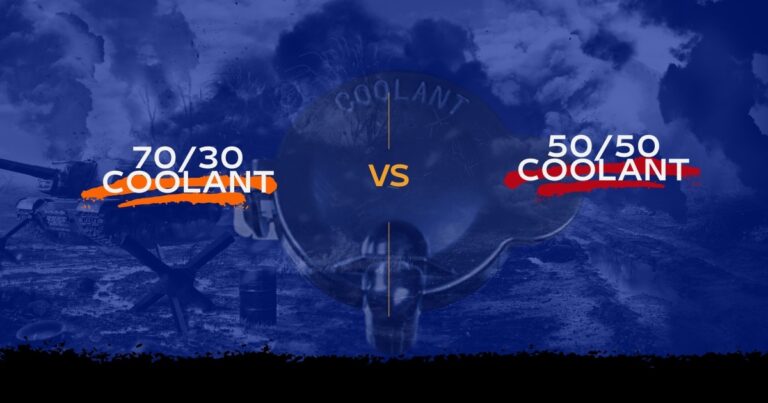Navigating the Roads: A Closer Look at Car Steering Systems
Great handling in cars goes beyond the joy of the open road. The way a car responds to even the slightest turn of the wheel matters, and it all comes down to having a great steering system and quality parts. The steering system isn’t just there for convenience—it’s a crucial part of the driving experience and keeping us safe. A good steering system helps us avoid accidents and respond quickly when things don’t go as planned.
In this article, we’ll take a closer look at what defines a quality car steering system and how it impacts the overall driving experience.
Basics of Car Steering Systems
The steering system is basically the mechanism that allows the driver to control the direction of the vehicle. The primary purpose of the steering system is to translate the driver’s input, typically provided through a hand-operated steering wheel, into a corresponding adjustment in the orientation of the vehicle’s front wheels. This adjustment enables the vehicle to move in the desired direction as directed by the driver.
One of the key elements in a steering system is wheel alignment. This involves adjusting the angles of the wheels to ensure they are parallel and oriented correctly. Proper wheel alignment is essential for optimal performance and safety. It also helps prevent uneven tire wear and contributes to the overall handling characteristics of the vehicle.

Components of the Steering System
Steering Wheel
The steering wheel is the hand-operated component used by a driver to control the direction of a vehicle. It often comes in a circular or semi-circular wheel typically mounted in front of the driver and connected to the steering mechanism. The primary function of the steering wheel is to allow the driver to turn the front wheels of the vehicle to determine its course and direction.
Steering Gear
This is the mechanism that converts the rotational motion of the steering wheel into lateral motion for the wheels. It ensures the driver’s input on the steering wheel translates into the desired direction of the front wheels. This, in turn, allows for accurate and safe maneuvering of the vehicle.
Tie Rods
Tie rods are metal rods that connect the ends of the steering gear to the steering knuckles. The primary function of tie rods is to transmit the lateral motion produced by the steering mechanism to the wheels.
Idler Arm
The idler arm acts as a pivot point for maintaining the proper alignment and stability of the steering components. Its primary function is to support one end of the center link, which connects the pitman arm (attached to the steering gearbox) to the steering linkage that leads to the front wheels.
Steering Column
The steering column is a vertical shaft that connects the steering wheel to the steering gearbox assembly. It acts as the mechanical link between the driver’s input on the steering wheel and the steering mechanism that affects the movement of the front wheels.
Ball Joint
This is the part that connects the steering knuckles to the control arms. Its primary function is to allow for rotational movement in multiple directions while enabling the front wheels to turn and absorb shocks from the road.
Pitman Arm
The Pitman arm serves as a link between the steering gearbox and the other steering components. Its role is to transmit the lateral motion generated by the steering gearbox to the steering linkage to control the movement of the front wheels.
Steering Linkage
The steering linkage is the collection of rods and arms that connect various steering components. The linkage acts as an intermediary system that ensures the driver’s input from the steering wheel is effectively translated into the lateral movement required for the wheels to change direction.
Intermediate Shaft
The intermediate shaft bridges the gap between the steering wheel and the steering gearbox. The shaft facilitates the transmission of rotational input from the steering wheel to the steering gearbox for responsive and accurate steering control.
Driver Assistance Systems
These are modern electronic systems designed to assist and enhance the driver’s control during steering. The systems employ advanced technologies to improve safety, convenience, and overall driving experience. The common driver assistance systems used for steering include electronic stability control and adaptive steering.
Rack
A component in rack-and-pinion steering systems that moves laterally to turn the front wheels. As the driver spins the steering wheel, the rack translates this rotational motion into lateral movement, making the front wheels turn accordingly.
Steering Knuckle
Steering knuckle is component that is attached to the front wheels to allow them to pivot left or right based on the input from the steering system. The steering knuckle plays a significant role in the overall steering and handling performance of the vehicle.
Steering Dampers
Steering dampers or stabilizers help minimize vibrations and reduce the impact of road irregularities on the steering system. The dampers contribute to a smoother and more stable driving experience by reducing the effects of shocks and vibrations transmitted through the steering mechanism.
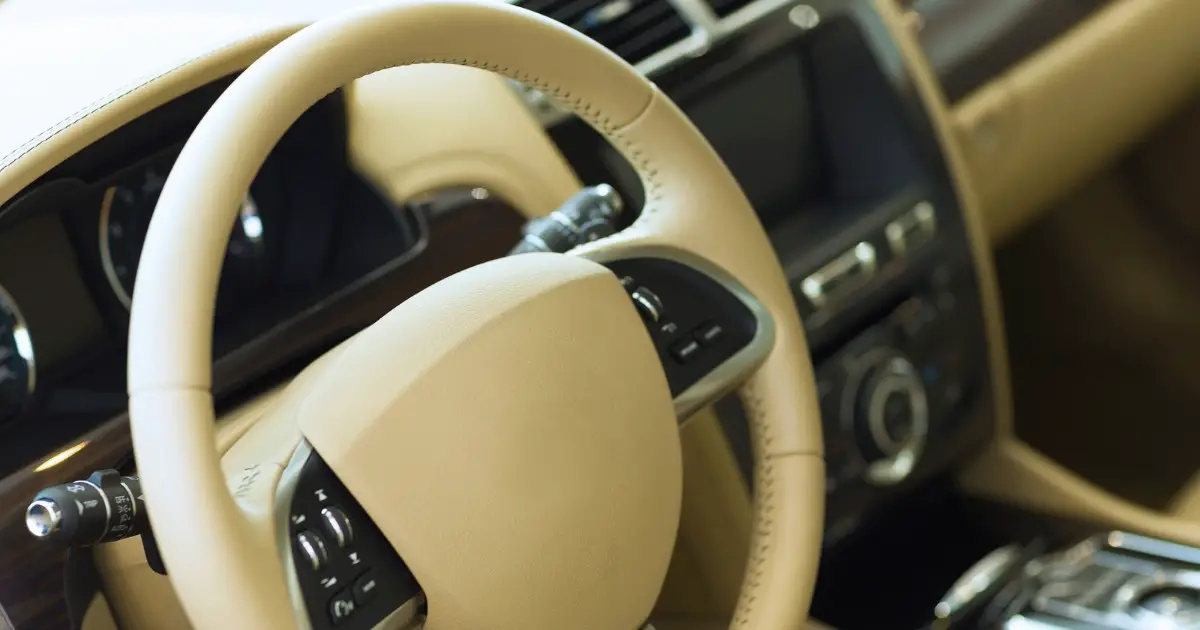
Types of Steering Systems
Steering systems in vehicles can be broadly categorized into two main types, i.e., manual steering and power steering. These systems offer drivers with a mean of controlling the direction of the car, but they employ different mechanisms to steer the vehicle.
Manual Steering
Manual steering refers to a type of steering system that requires the driver to directly apply physical force to the steering wheel to control the direction of the vehicle. In manual steering, there is no power assistance, and the driver relies solely on mechanical linkages to turn the wheels.
The driver bears the full force required to turn the wheels, especially at lower speeds or during parking maneuvers. Ideally, the amount of effort needed is directly proportional to the mechanical resistance in the steering system. In addition, drivers often experience a more direct ‘road feel’ or feedback from the road through the steering wheel.
Power Steering
Power steering is a form of steering system that assists the driver in turning the wheels by using power assistance. The primary purpose of power steering is to reduce the effort required from the driver to steer the vehicle, especially at lower speeds and during parking maneuvers.
These systems utilize hydraulic or electric power to alleviate the physical effort required from the driver. Hydraulic Power Steering (HPS) uses hydraulic fluid and a pump to provide steering assistance. The hydraulic pressure is regulated based on the driver’s steering input.
On the other hand, Electric Power Steering (EPS) replaces hydraulic systems with an electric motor. The amount of assistance is controlled by electronic sensors, making it more adaptable to different driving conditions.
Power steering systems can provide variable levels of assistance based on factors such as vehicle speed and driving conditions. For example, the system may offer more assistance at low speeds and less at higher speeds. Ideally, most modern vehicles come equipped with power steering as a standard feature.
Rack-and-Pinion vs. Recirculating Ball Steering
Rack-and-pinion and recirculating ball steering systems represent different configurations for translating the rotational motion of the steering wheel into the lateral movement of the front wheels. This, in turn, allows the driver to control the direction of the vehicle.
Rack-and-pinion Steering
Rack-and-pinion steering is a type of steering system commonly used in vehicles to facilitate the driver’s control over the direction of the vehicle. The system consists of a straight-toothed bar, known as the rack, and a pinion gear. The rack is connected to the steering shaft, while the pinion gear is linked to the steering wheel.
Once the driver turns the steering wheel, it, in turn, rotates the pinion gear. The rotating pinion gear then engages with the rack, causing it to move laterally. The lateral movement of the rack is then transmitted to the tie rods connected to the front wheels. As the tie rods move, they turn the front wheels in the desired direction, allowing the vehicle to change its course.
Advantages
- The rack-and-pinion system provides a direct and immediate connection between the driver’s input and the movement of the wheels. This leads to a more responsive and precise steering feel.
- Drivers experience better road feel, meaning they can sense the road conditions and the behavior of the vehicle more accurately through the steering wheel.
- This design provides precise control over the car’s movement for enhanced maneuverability.
Considerations
- Components such as the rack and tie rods may be susceptible to wear, leading to the need for occasional maintenance or replacement.
- The positioning of the rack-and-pinion system makes it more vulnerable to damage in the event of an impact.
Recirculating Ball Steering
The recirculating ball steering mechanism, also known as recirculating ball and nut, is a steering system commonly found in older automobiles, off-road vehicles, and some trucks. While most new cars have transitioned to the more economical rack-and-pinion steering, some upmarket manufacturers have maintained the recirculating ball design due to its perceived durability and strength.
The recirculating ball steering system consists of a worm gear inside a block with a threaded hole. This block has gear teeth on the outside to engage the sector shaft, also known as sector gear. When you turn the steering wheel, it rotates the shaft, which, in turn, spins the worm gear inside the block.
The worm gear has threads that fit into the threaded hole in the block, causing the block to move. As the block moves, it engages the gear teeth on the outside of the block with the sector shaft. The movement of the sector shaft turns the Pitman arm. The Pitman arm’s motion then directs the wheels to turn in the desired direction.
Advantages
- The recirculating ball steering mechanism is known for its durability and strength. This characteristic is particularly advantageous in off-road vehicles and heavy-duty applications.
- Recirculating ball systems can be less sensitive to wear than rack-and-pinion mechanisms. This can contribute to a longer lifespan with fewer maintenance requirements.
- The system offers a unique steering experience by facilitating a more direct connection between the driver and the road.
Cons
- The design of the recirculating ball steering system is complex, which makes repairs and maintenance more intricate and costly.
- This system tends to have more inherent friction compared to its rack-and-pinion counterpart. This can impact overall efficiency and contribute to wear over time.
Signs of Steering System Problems
Difficulty Steering
Difficulty steering can be a symptom of issues within the power steering system. This is often characterized by increased resistance when turning the steering wheel, a gradual or sudden change in steering effort, and whining or groaning noises during steering.
The best way to fix difficulty steering is to diagnose the specific issue causing difficulty steering. This may involve checking power steering fluid levels, inspecting for leaks, examining the power steering belt, and assessing the condition of steering components.
Steering Wheel Vibration
Steering wheel vibration is a common indicator of issues with the steering system. When you experience vibrations, particularly at specific speeds, it often suggests problems with wheel alignment, unbalanced tires, or suspension issues.
These issues can affect the overall handling and performance of the vehicle. Undertaking periodic inspections and maintenance can help identify and resolve steering wheel vibration issues before they escalate.
Strange Noises
Strange noises during steering, such as whining, groaning, or clunking sounds, can be an indicator of underlying issues. Persistent noises may point to problems with the power steering pump, inadequate fluid levels, or issues in the steering linkage and suspension components. Getting to the root cause of these noises is crucial to ensure the proper functioning of the steering system.
Fluid Leaks
Fluid leaks, especially around the front wheels, may signal a power steering fluid leak. These leaks can compromise power steering effectiveness, leading to difficulties in steering control. As such, it is important to fix any fluid leaks to maintain the proper functioning of the power steering system and prevent safety hazards.
Uneven Tire Wear
Uneven tire wear is often a sign of issues, such as misalignment, worn-out suspension components, or problems with the steering linkage. Uneven tire wear itself can lead to safety hazards and compromise the performance of your vehicle. To ensure your safety and others on the road, you may want to address any signs of uneven tire wear as soon as they appear.
Steering Wheel Play (Looseness)
Excessive steering wheel play may indicate issues with tie rods, ball joints, or the steering gearbox. For instance, turning the steering may not immediately affect the wheels as expected, leading to a delayed response or a noticeable gap. If you experience excessive looseness in the steering wheel, consider fixing it promptly to ensure your safety and prevent damage to your vehicle.
Delayed Response
A delayed response between steering wheel input and vehicle reaction may signal problems with the power steering system or steering linkage. If you’re experiencing a delayed response in your steering, consider upgrading to an advanced electronic power steering system. These systems use sensors and electronic control units to provide more precise and quicker responses to steering inputs.
Warning Lights
Warning lights on the dashboard, especially the power steering warning light, may indicate a fault in the power steering system that requires attention. If the power steering warning light comes on, try checking the power steering fluid levels. Low levels could be a common cause, and topping it up might resolve the issue. If the problem persists, consider checking the vehicle’s manual for guidance on resetting the power steering system.
Jerking or Drifting
If the vehicle pulls to one side or exhibits jerky movements while steering, it may suggest problems with wheel alignment, suspension components, or the steering system. For jerking or drifting issues, consider getting professional wheel alignment and regular suspension checks to ensure a smoother and safer driving experience.
The Parting Shot!
The steering system is often considered as one of the best inventions of all time. Nonetheless, it’s important to acknowledge that the steering system involves more than just the wheel. Luckily, modern technology has made it easy to integrate advanced features into steering systems for enhanced control and safety. All it takes is a small tweak of the steering wheel, and you’re ready navigate around corners safely and effortlessly.
